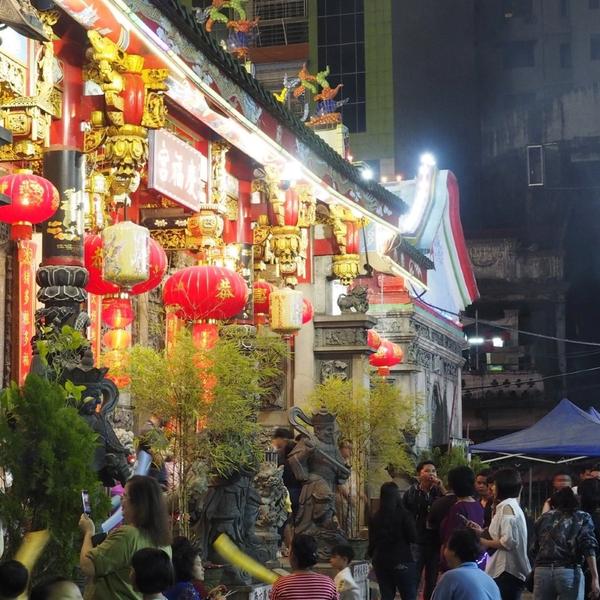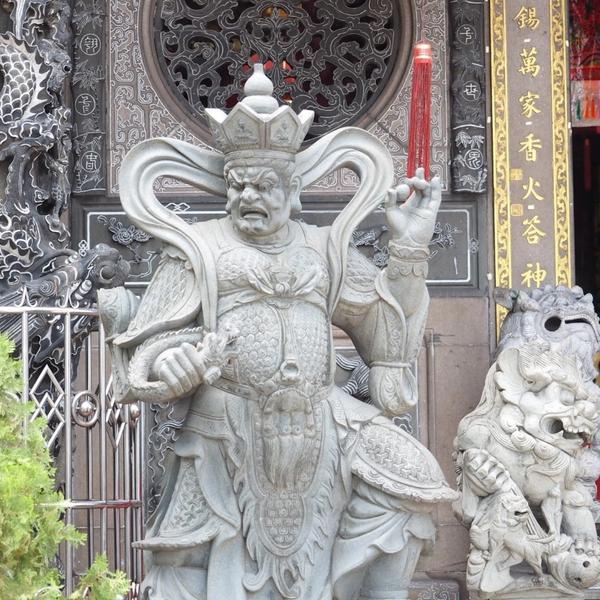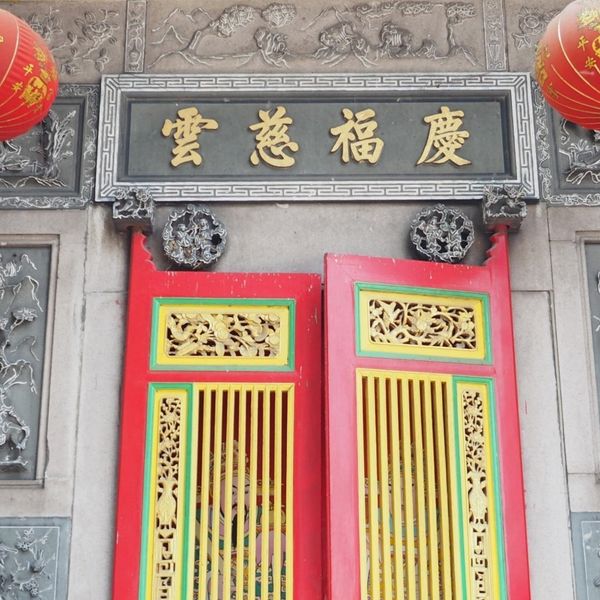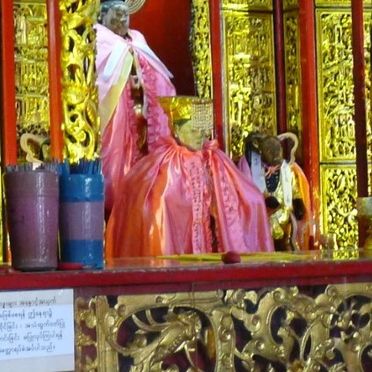
Hokkien temple dedicated to the sea goddess





- 426-432 Strand Road
- Open daily 7am-5pm
Mazu temple is THE place to be for Chinese New Year or Mid-Autumn celebrations in Yangon.
Popular Hokkien community temple
Close to waterfront, is Chinatown’s jewel, the temple of sea goddess Mazu. Founded by some wealthy shipping tycoons in 1903, it was, and still is, Yangon’s largest Chinese temple and meeting point for the local Hokkien community. This is THE place to be for Chinese New Year or Mid-Autumn celebrations in Yangon.
The goddess of the sea
The temple is dedicated to the sea goddess Mazu, the protector of sailors and fishermen. Legend has it that the little girl Mazu waited every day at the rocks for her dad and brothers who were all fishermen. When one day there was a torrential storm and they didn’t come back, Mazu did not hesitate, jumped in the water and managed to rescue them from the big waves…. In this temple, you find this brave little girl dressed in pink on the central altar, on her right is Guan Gong, the god of bravery, and on the left by Bao Sheng Da Di, the god of medicine.
Famous goddess

You’re bound to run into Mazu in every Chinatown across the world, she’s become the best-known Chinese goddess. The first thing Chinese immigrants would do when they landed somewhere new was to build a Mazu shrine to give thanks for the safe journey. You find these temples and shrines in Chinese communities all over Asia from Macau to Malacca. There are an estimated 1,500 Mazu temples in 26 countries of the world.
Nice to know
The temple is most lively early morning or late afternoon with worshippers offering candles, flowers and incense to the Buddhist and Taoist altars.
